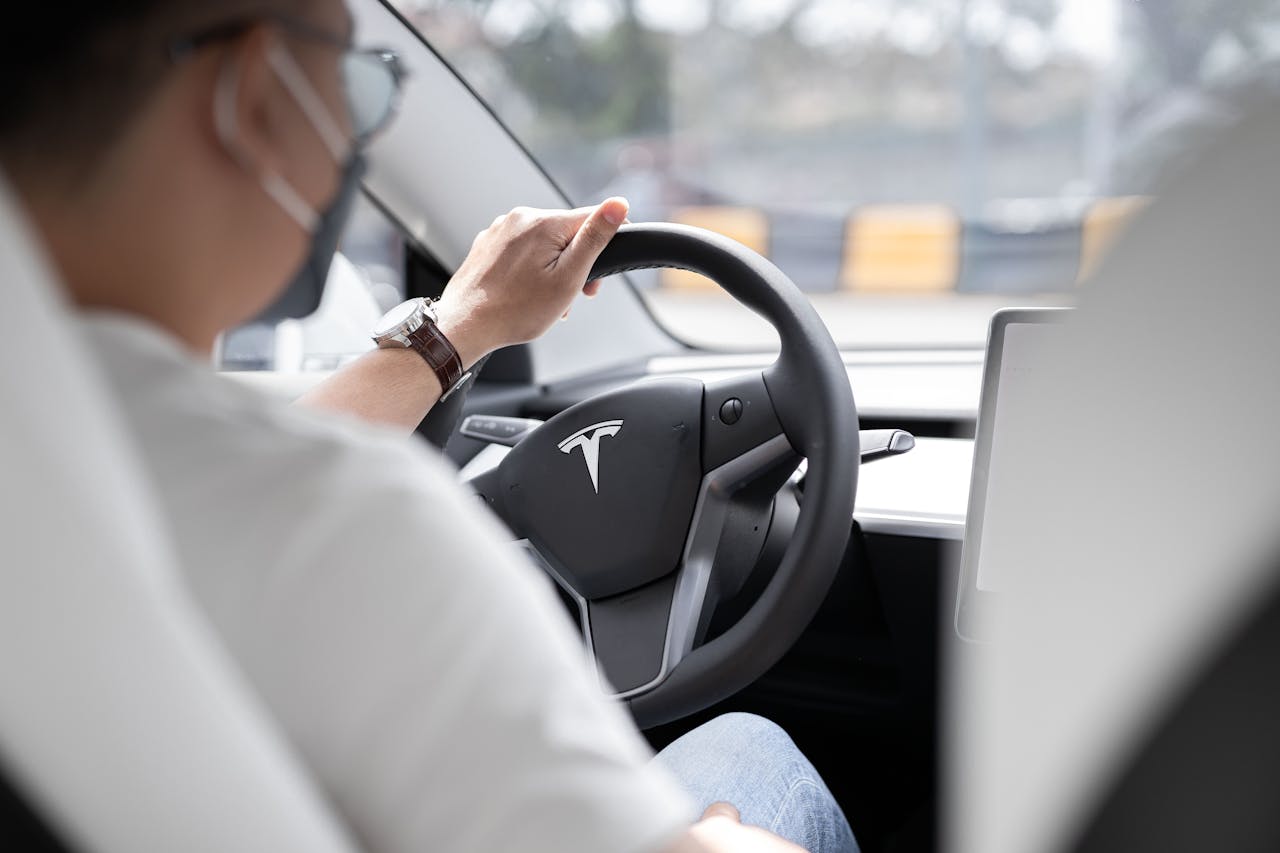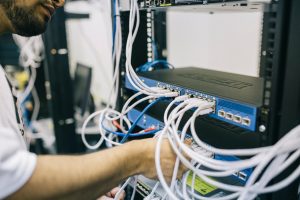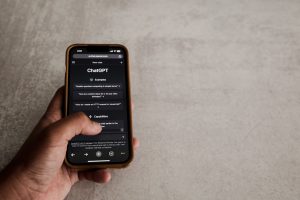Tesla FSD Beta 2025 User Testing Feedback Analysis
In 2025, as Tesla’s Full Self-Driving (FSD) Beta feature expanded widely in North American and European markets, debates around its “safety” have once again intensified. On one hand, Elon Musk repeatedly emphasizes in public that “full autonomy is close to human-level,” while on the other, users on Reddit, YouTube, and X (formerly Twitter) are sharing a variety of “hair-raising driving” recordings.
So here’s the question: Is FSD Beta really safe? We’ve gathered a large volume of real user feedback, third-party testing data, and government regulatory reports from 2025 to try to present as comprehensive a picture as possible.
What Is FSD Beta? How Is It Different from Autopilot?
FSD Beta is not fully autonomous driving — it still requires drivers to “take over at any time.” Tesla’s current self-driving functionality includes two major tiers:
- Autopilot: Mainly lane keeping and adaptive cruise control, suitable for highway driving.
- FSD Beta: Goes further, supporting city street navigation, traffic signal recognition, automatic lane changes, intersection turns, and even automatic parking.
But the key point is—FSD Beta doesn’t mean you can “close your eyes and go.”
User Feedback Summary: FSD Still Not “Human-Level”
We reviewed posts from Reddit’s r/TeslaMotors and r/SelfDrivingCars communities, as well as 20 active Tesla owner channels on YouTube. From over 100 FSD Beta driving videos, we identified several key findings:
1. Urban performance still shows major flaws
Especially around crosswalks, complex intersections, and construction zones, FSD often reacts slowly or misjudges situations. For example, one user from Toronto, Canada mentioned:
“It braked suddenly before turning into an alley and mistakenly identified a pedestrian standing by the curb as an obstacle.”
2. Poor handling of unexpected situations
Whether it’s a car suddenly opening a door by the roadside or visibility being blocked by snow or rain, FSD’s response remains highly uncertain.
3. Better performance on highways, but not perfect
On highways, FSD’s automatic lane changes and distance control are relatively smooth. However, during entry and exit ramps, it sometimes hesitates and requires manual intervention.
Third-Party Testing: How Far Is FSD from “Level 4 Autonomy”?
According to a joint testing report released in March 2025 by the Insurance Institute for Highway Safety (IIHS) and MIT:
- FSD passed only 38 out of 50 urban road tests
- In simulated rainy night scenarios, its obstacle avoidance success rate was just 76%
- 95% of test drivers had to intervene at least once during the tests
Meanwhile, Germany’s TÜV lab also noted that FSD still lacks accuracy in right turns and bicycle recognition in Europe’s complex traffic environments.
Regulatory Concerns
In April 2025, the U.S. National Highway Traffic Safety Administration (NHTSA) launched investigations into several FSD Beta–related accidents and demanded that Tesla disclose how its autonomous data is collected. Regulatory agencies generally stress:
“Autonomous driving technology may be the future, but it should not come at the cost of public safety.”
Additionally, the European Union is pushing for stricter certification standards for autonomous vehicles, including new requirements for “system transparency” and “AI decision explainability.”
User Trust Levels: How Confident Are Real Users?
According to JD Power’s 2025 Autonomous Driving Satisfaction Report:
- Only 48% of Tesla FSD users say they “trust the system”
- Over 62% report they still “frequently intervene”
- Top 3 complaints: misidentifying obstacles, sudden braking, and failure to recognize complex intersections
That said, some users remain optimistic. One user in California posted on X:
“It’s not perfect yet, but every update makes a noticeable difference.”
Final Thoughts: Safe? That Depends on How You Use It
FSD Beta does not equal autonomous driving — it’s still “driver assistance,” and still in beta. While the technology is indeed progressing, it’s far from capable of replacing human drivers.
If you want to rely fully on FSD in city environments, it may still be too early. But if you understand its limitations and are willing to take over when necessary, FSD is indeed an impressive “driving assistant.”
Should you turn on FSD? That’s a matter of trust between humans and machines. But remember one thing: FSD is beta, not magic.
FAQ
Q1: Is Tesla’s FSD Beta legally considered full self-driving in 2025?
A: No, as of 2025, Tesla’s FSD Beta is still classified as SAE Level 2 autonomy, which requires driver supervision. Regulators in the U.S. and Europe continue to mandate driver readiness at all times.
Q2: Has the FSD Beta been involved in accidents?
A: Yes. According to NHTSA data and user reports in 2025, FSD Beta has been linked to several minor and a few serious incidents. Most accidents occurred due to misinterpretation of road scenarios, especially unprotected left turns and roundabouts.
Q3: What improvements has Tesla made to FSD Beta in 2025?
A: Tesla transitioned to a pure vision system, enhanced AI model training with more real-world edge cases, and introduced V12.4, which focuses on smoother turns and better lane prediction. However, reliability still varies by region and traffic conditions.
Q4: Can I fully trust FSD Beta on highways and city roads now?
A: While highway performance has improved significantly, city driving still presents challenges. In dense traffic, construction zones, or ambiguous signage areas, the system can make errors that require immediate driver intervention.
Q5: How does FSD Beta compare with other autonomous driving systems?
A: Tesla’s FSD Beta is ahead in mass deployment and OTA updates, but competitors like Waymo and Cruise offer more consistent performance within geofenced areas. FSD Beta trades off consistency for broader coverage and user flexibility.



